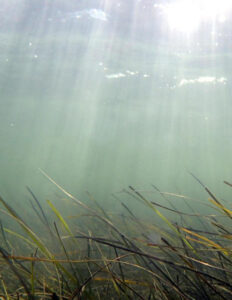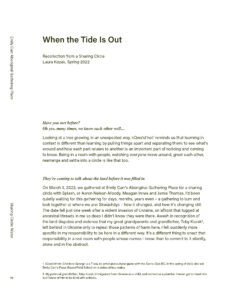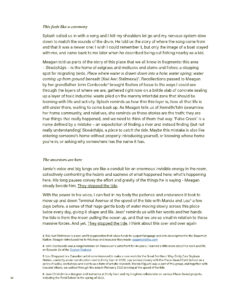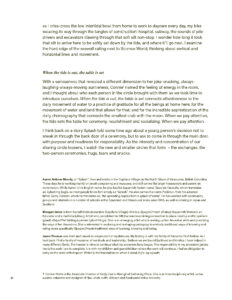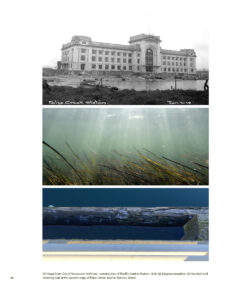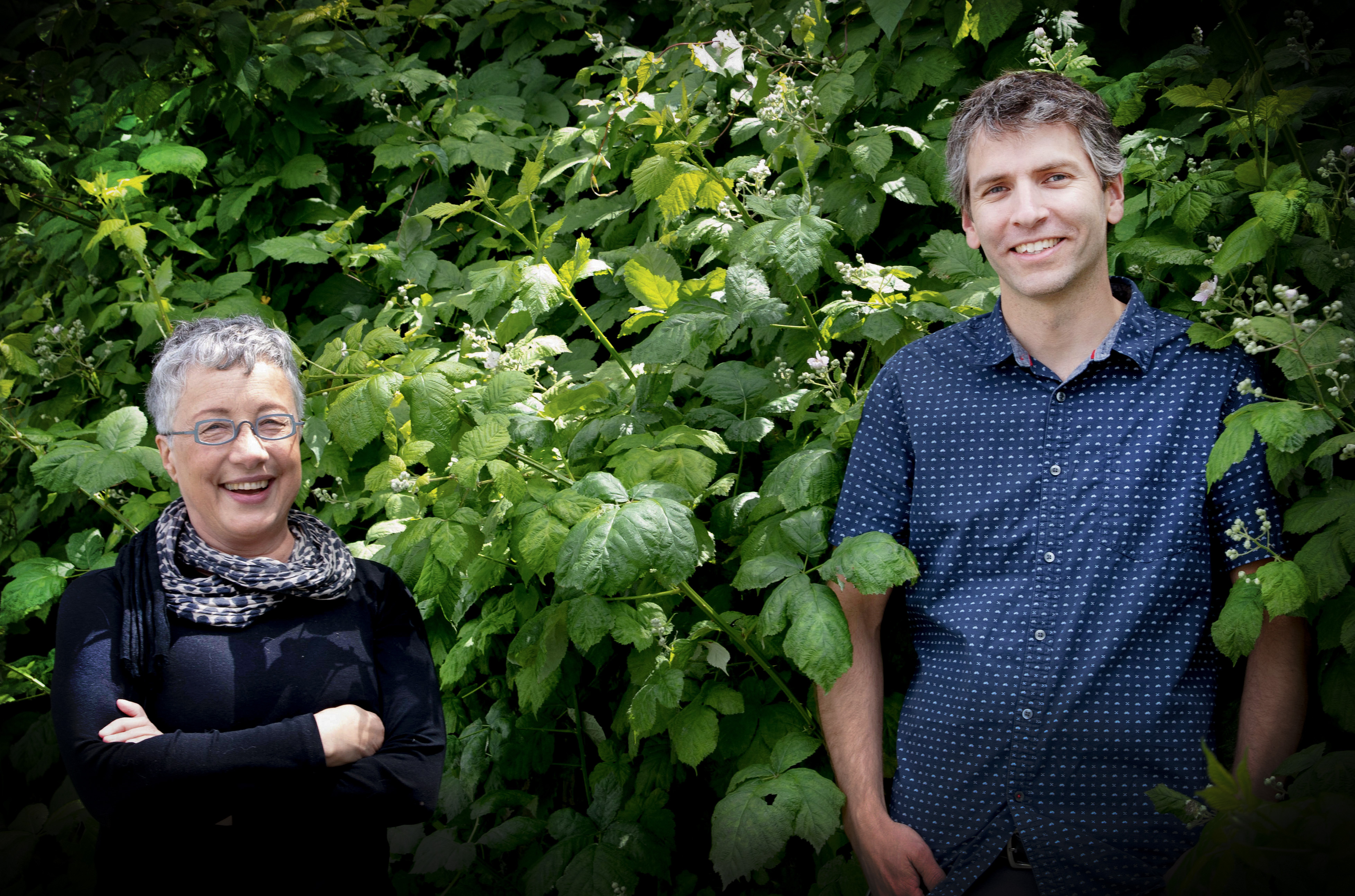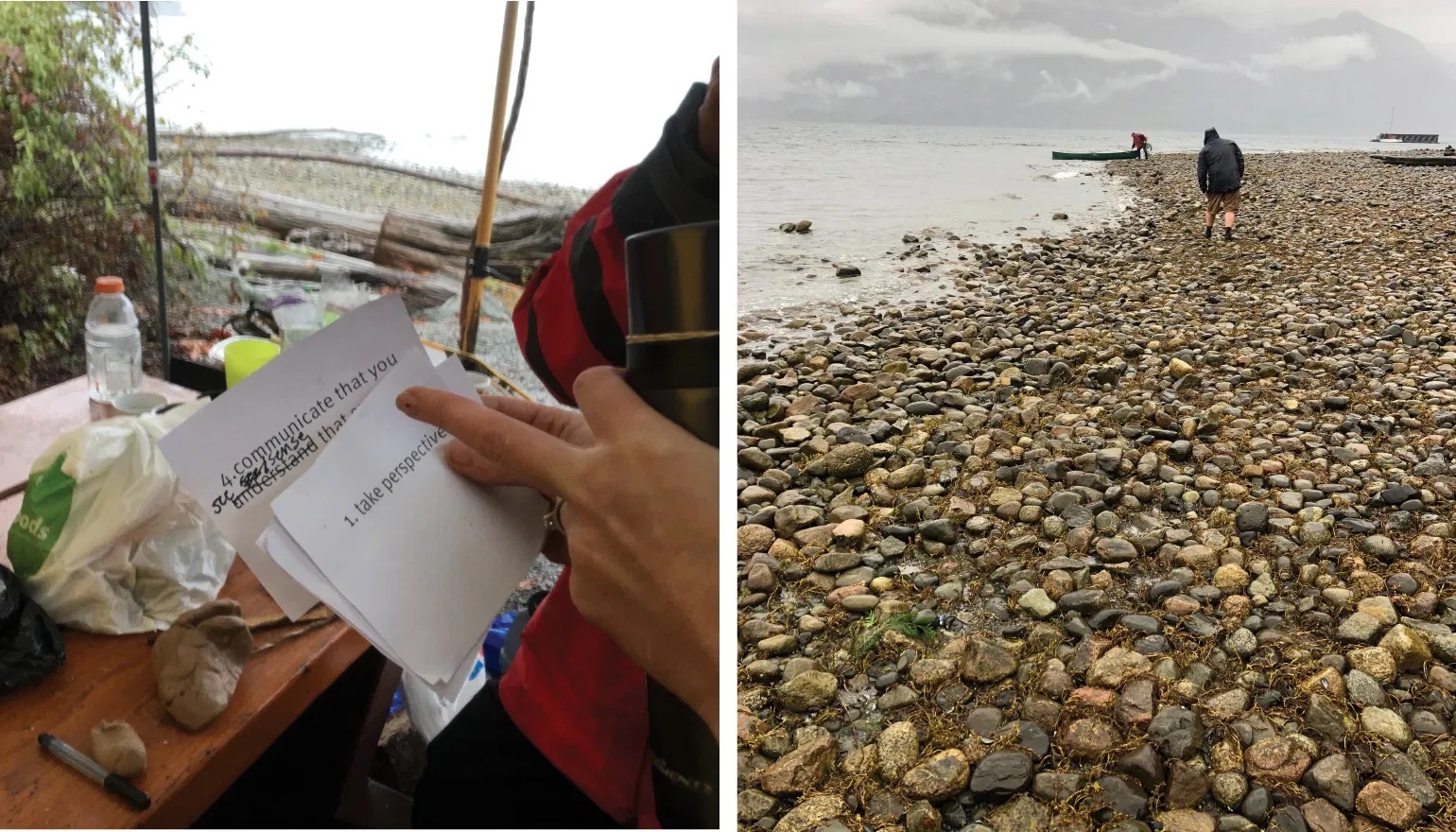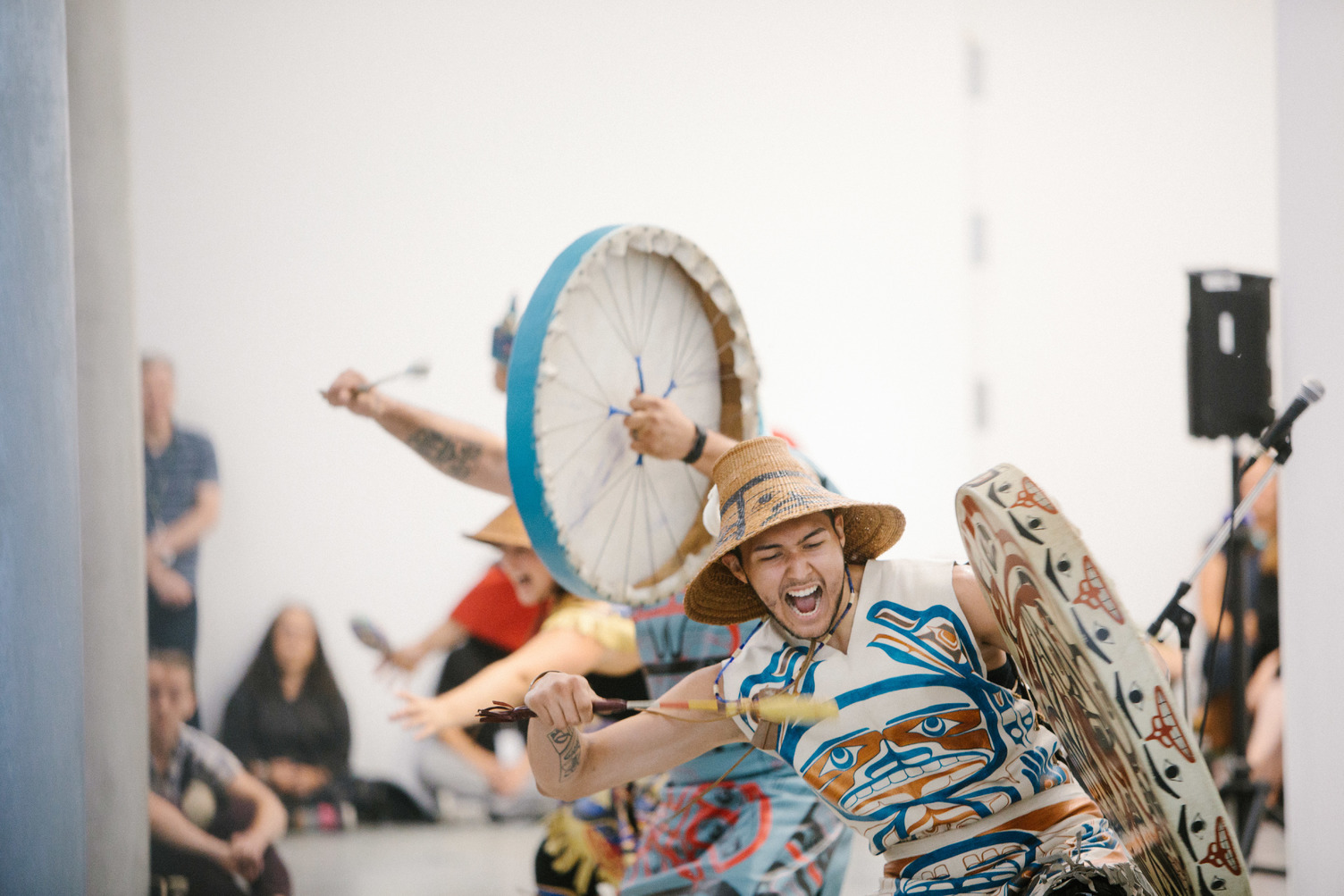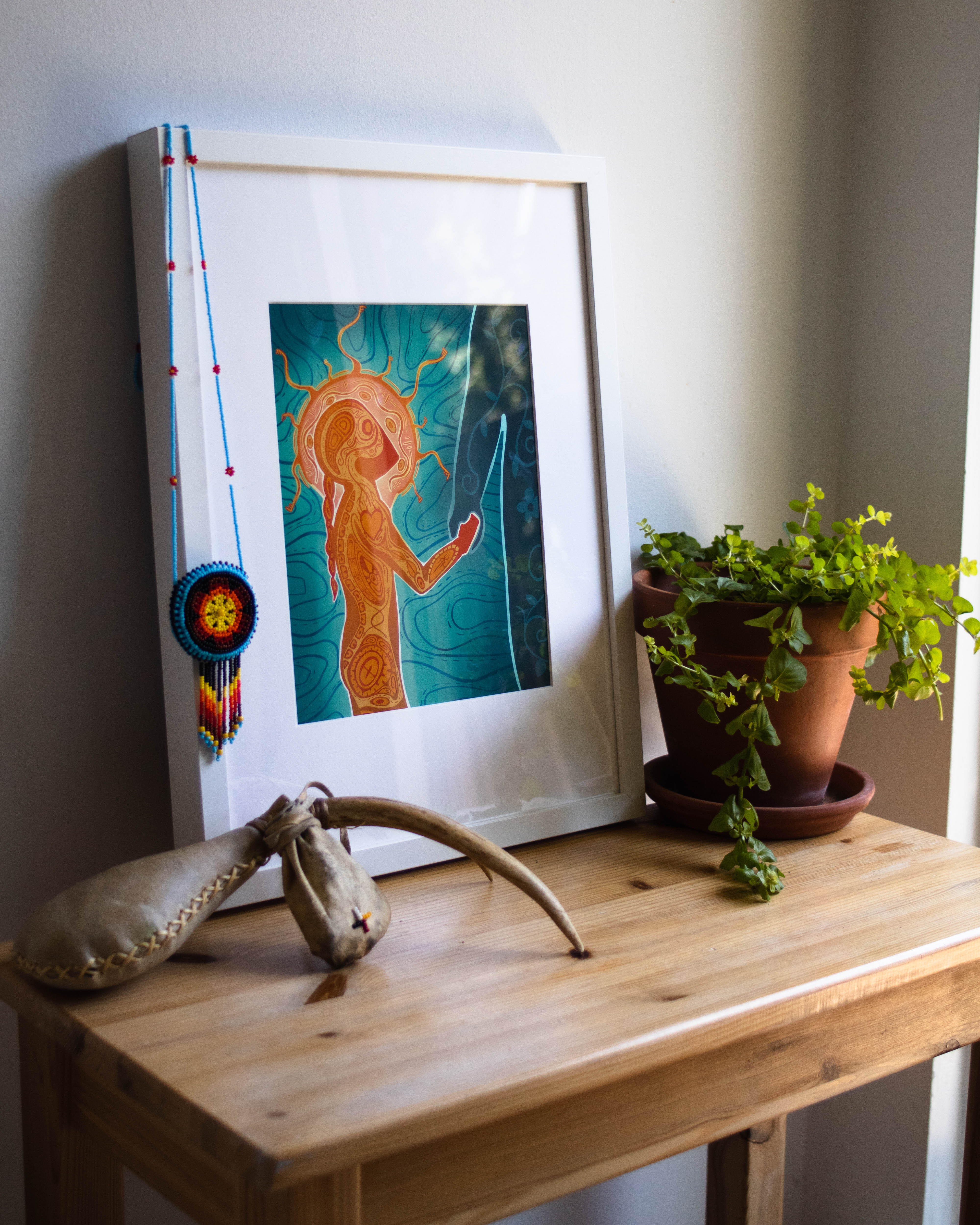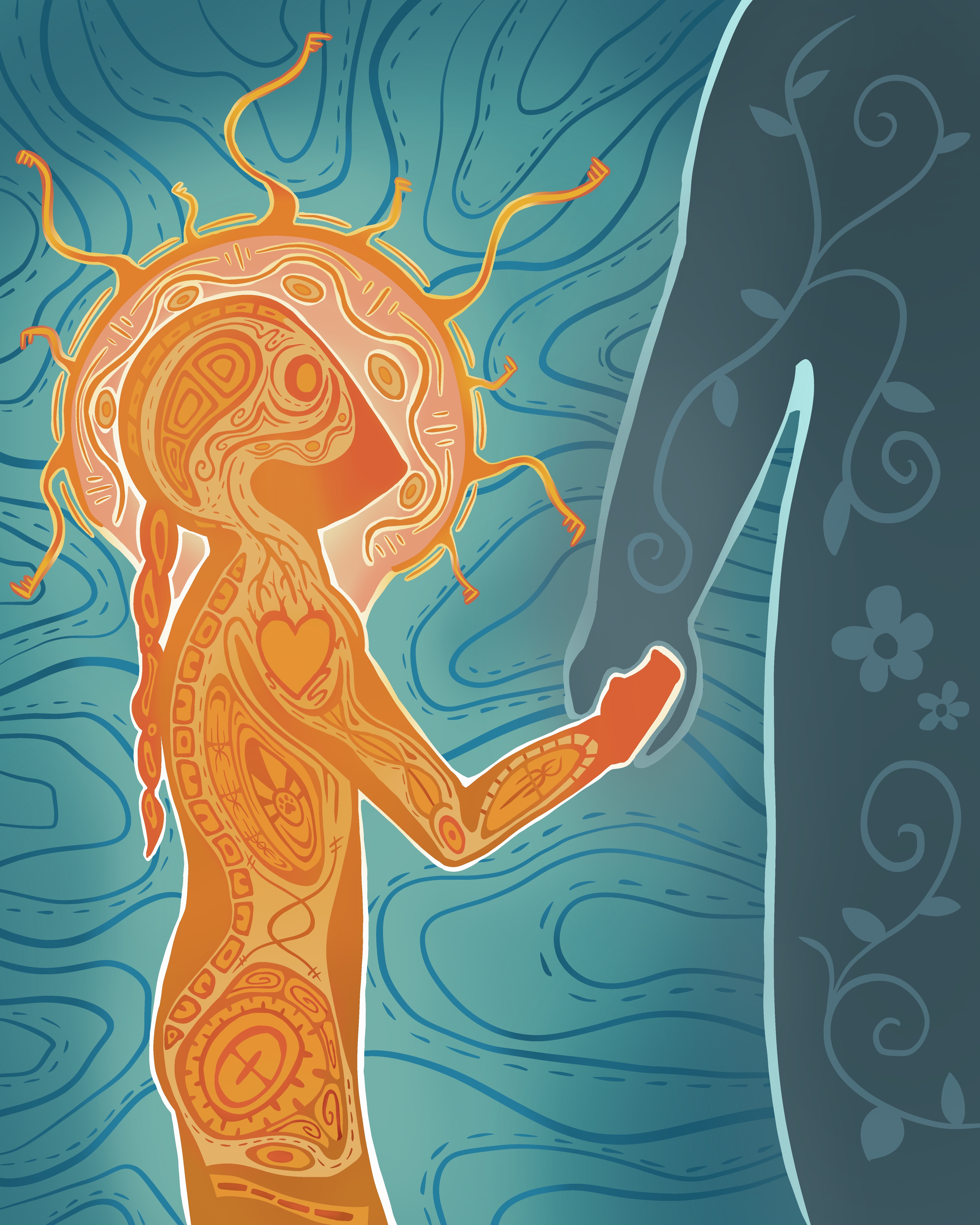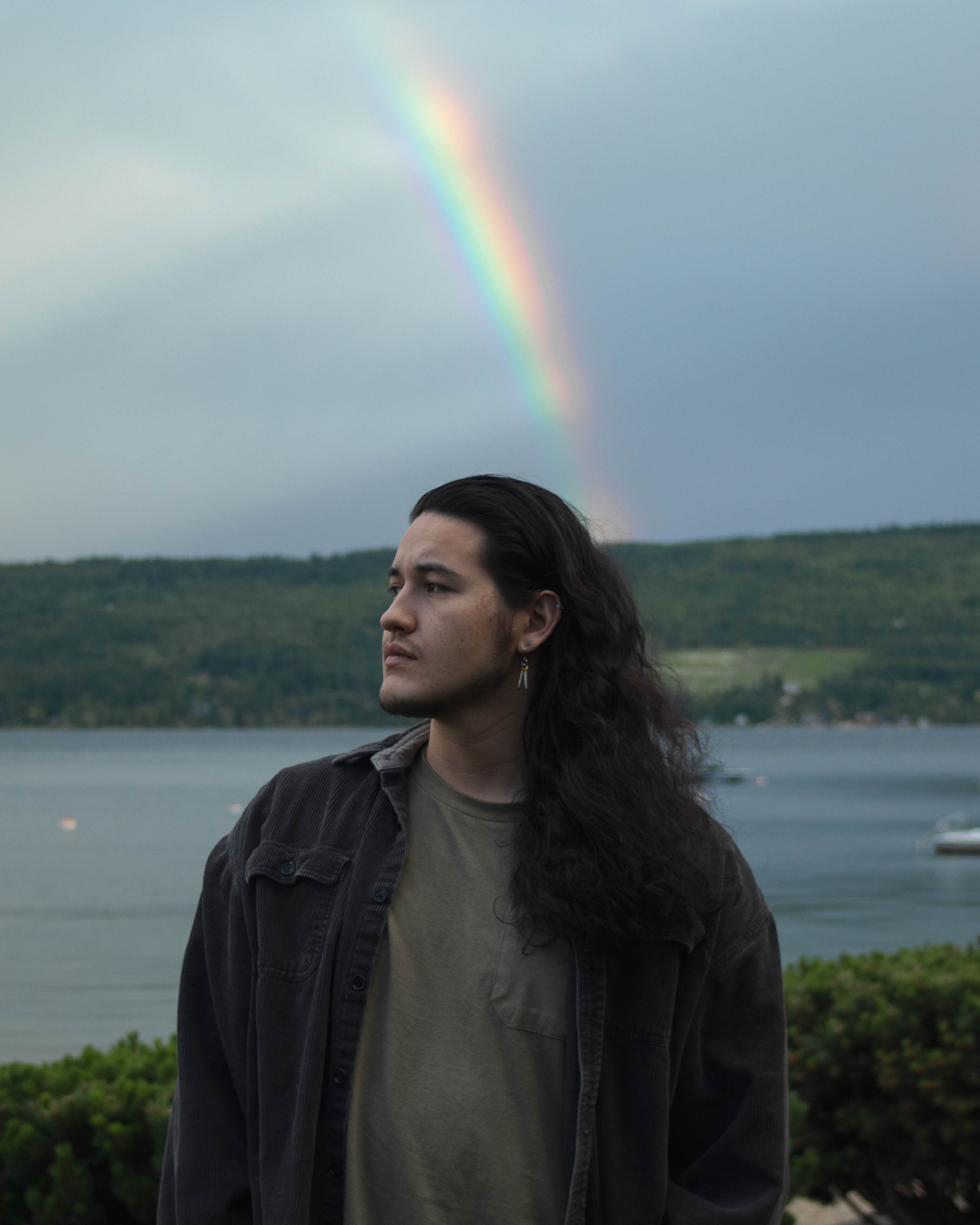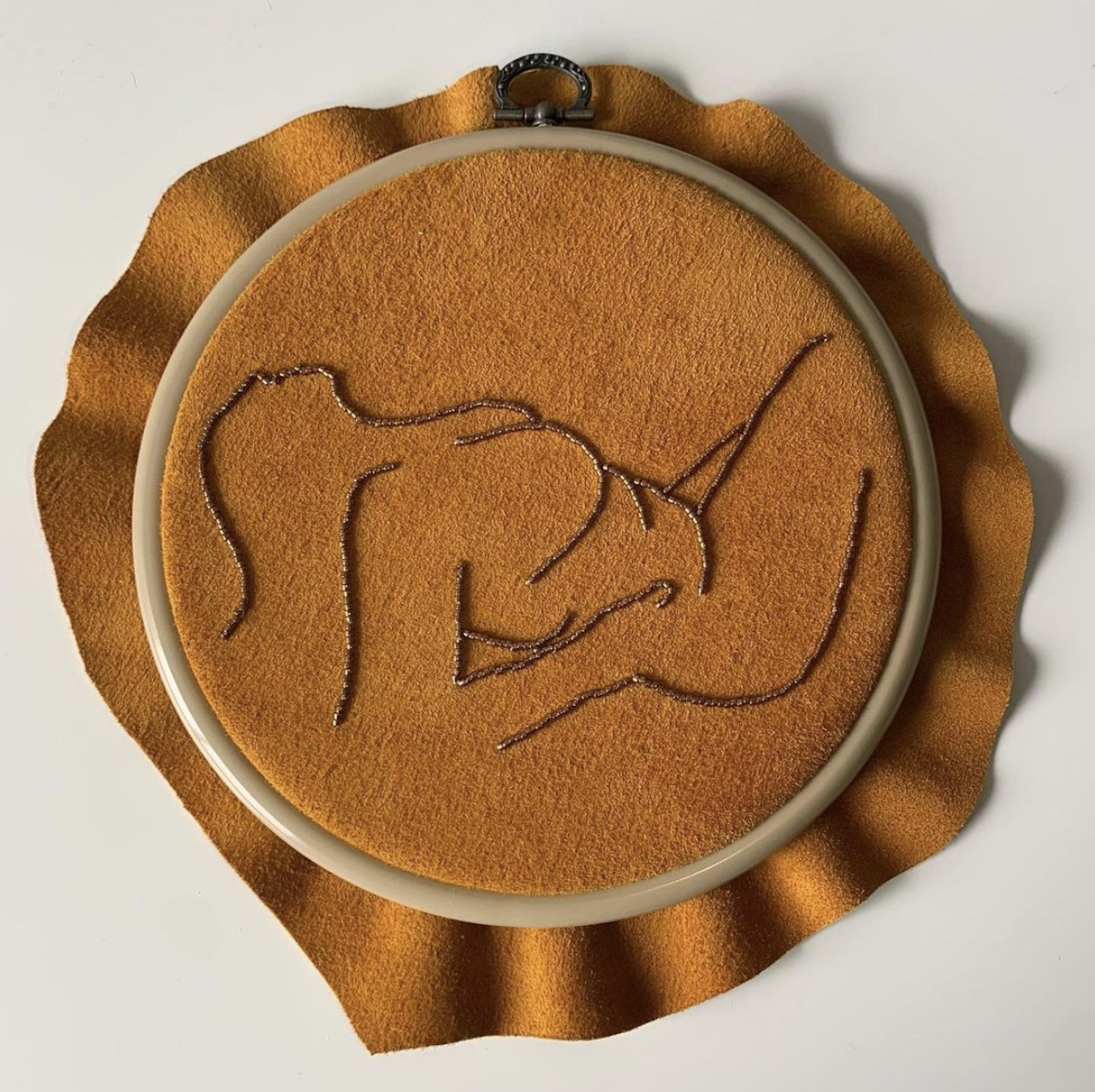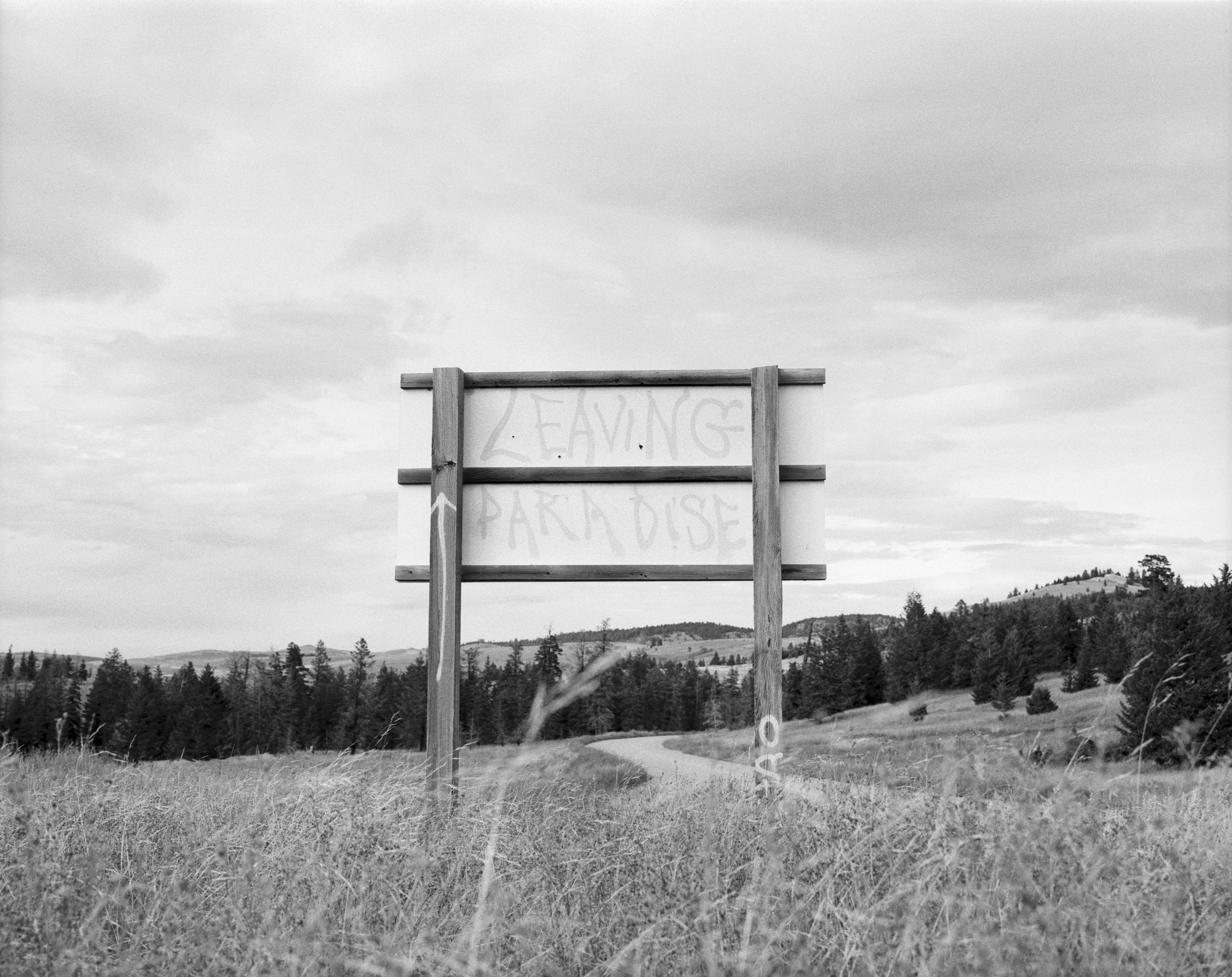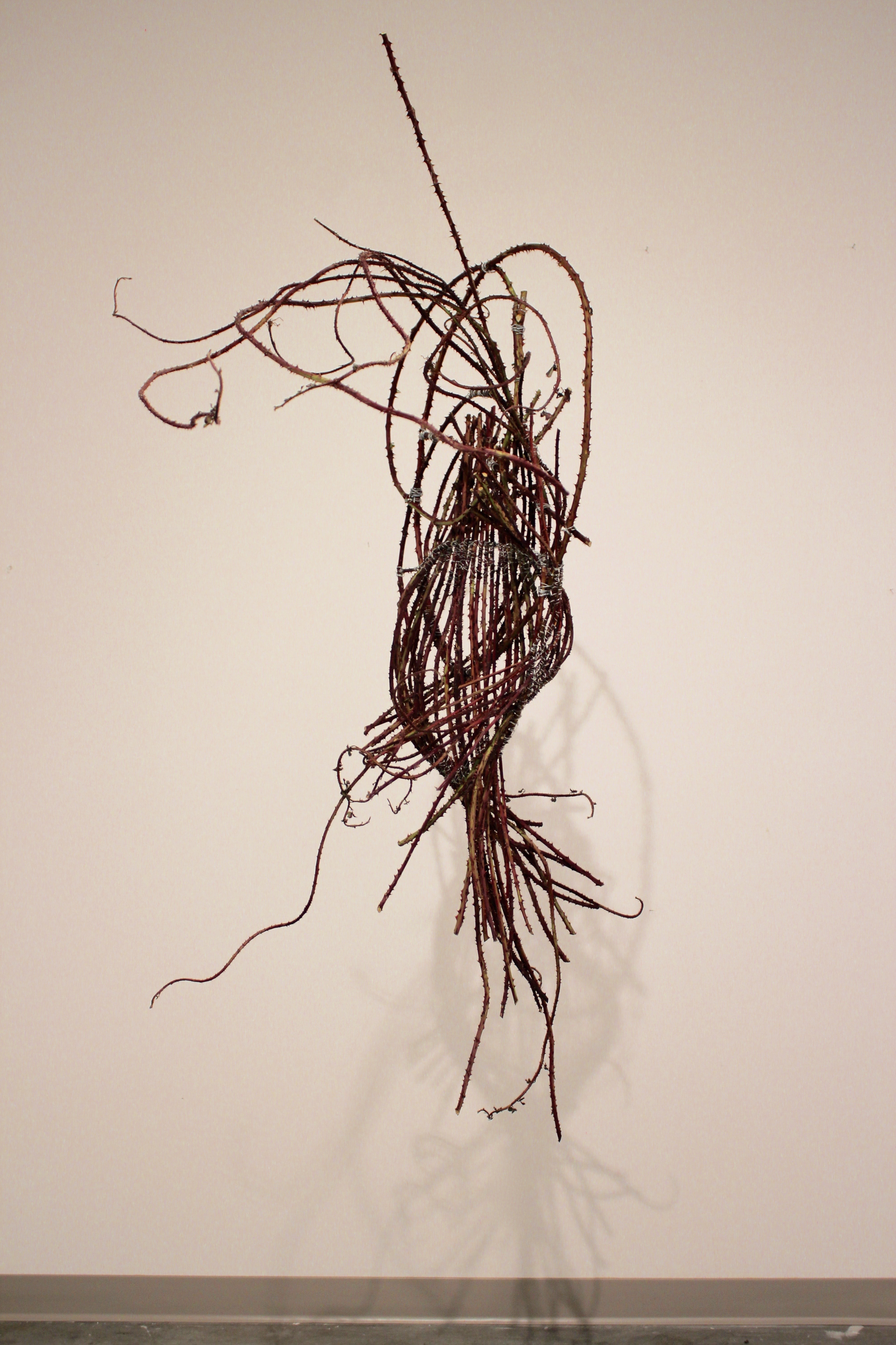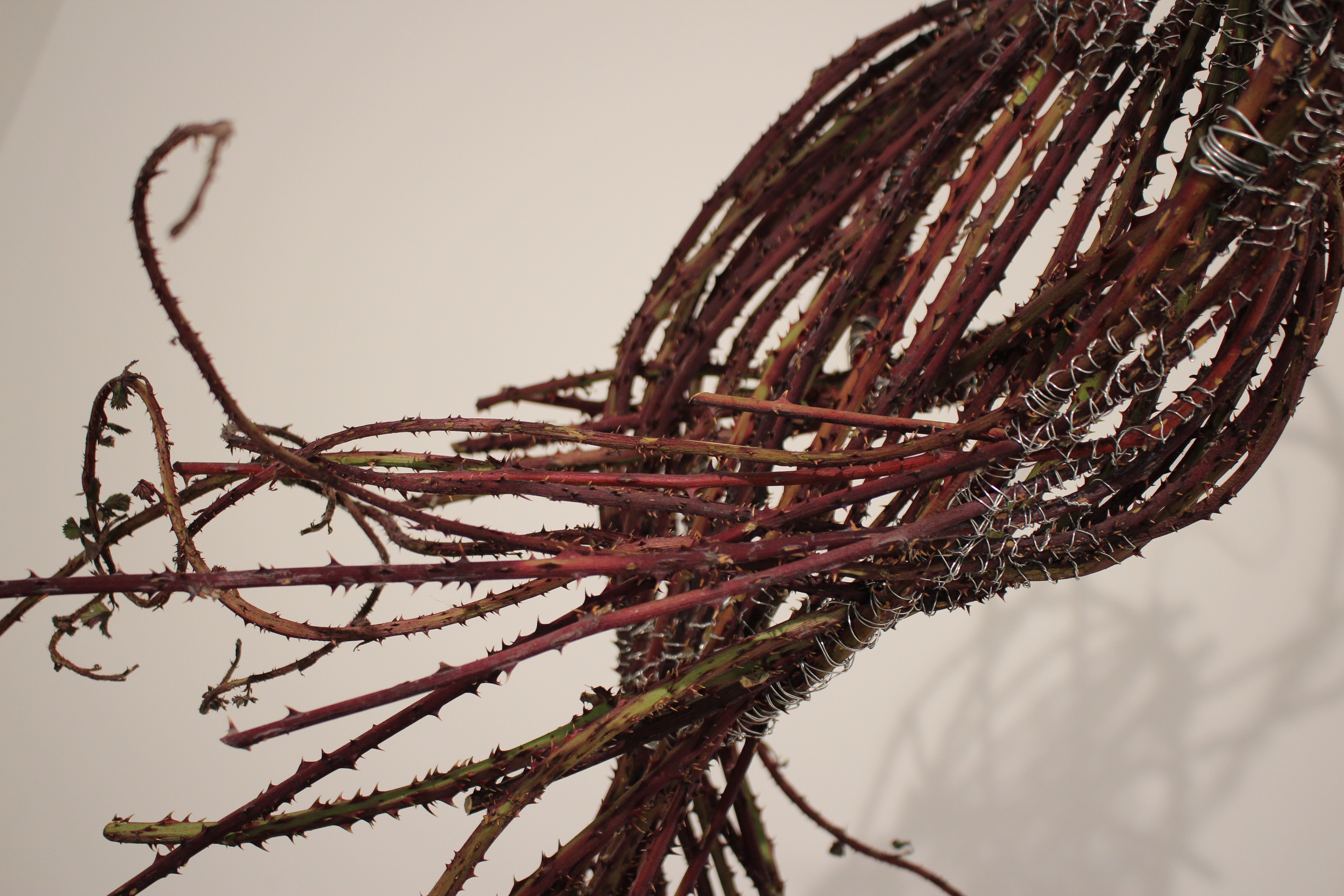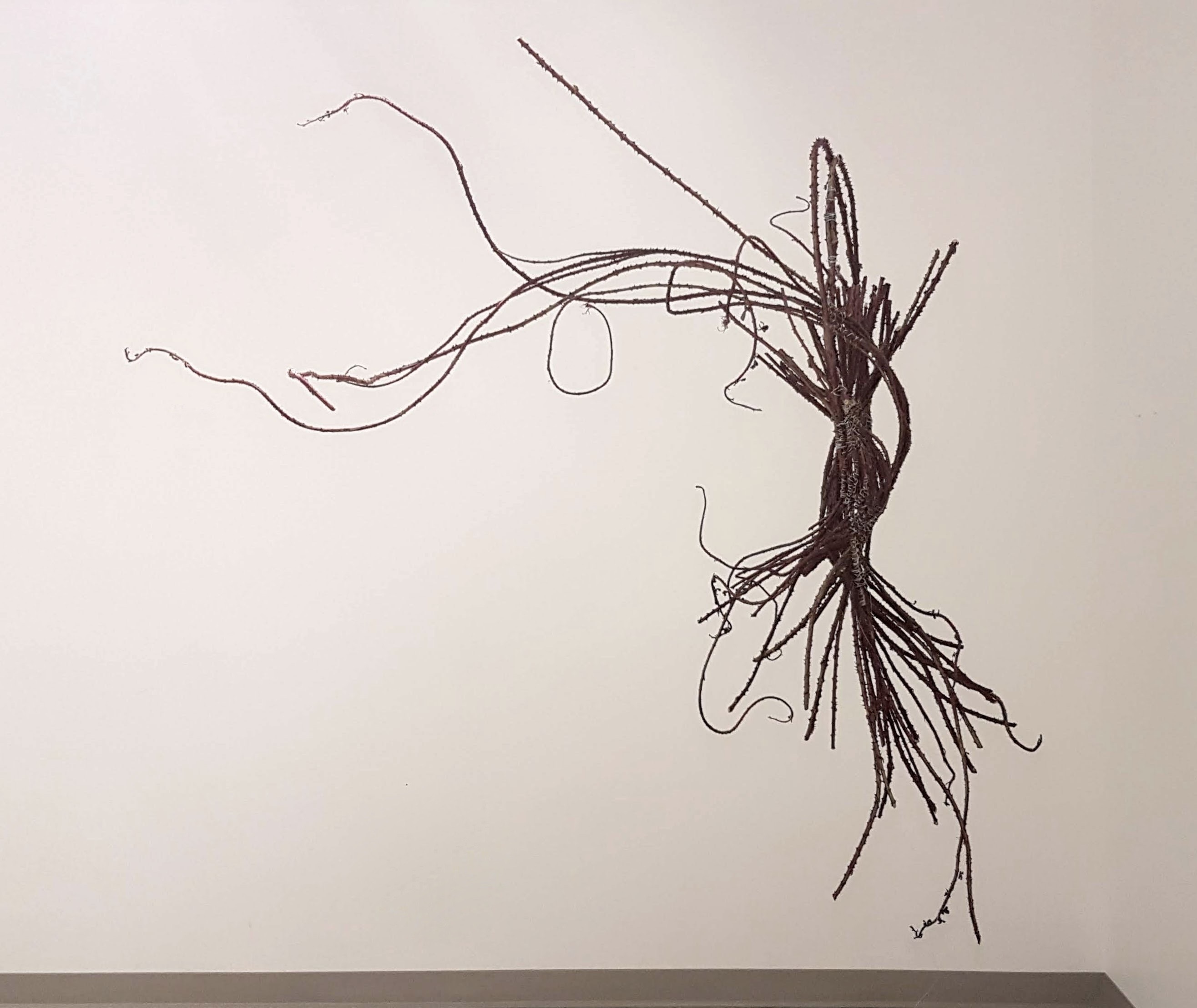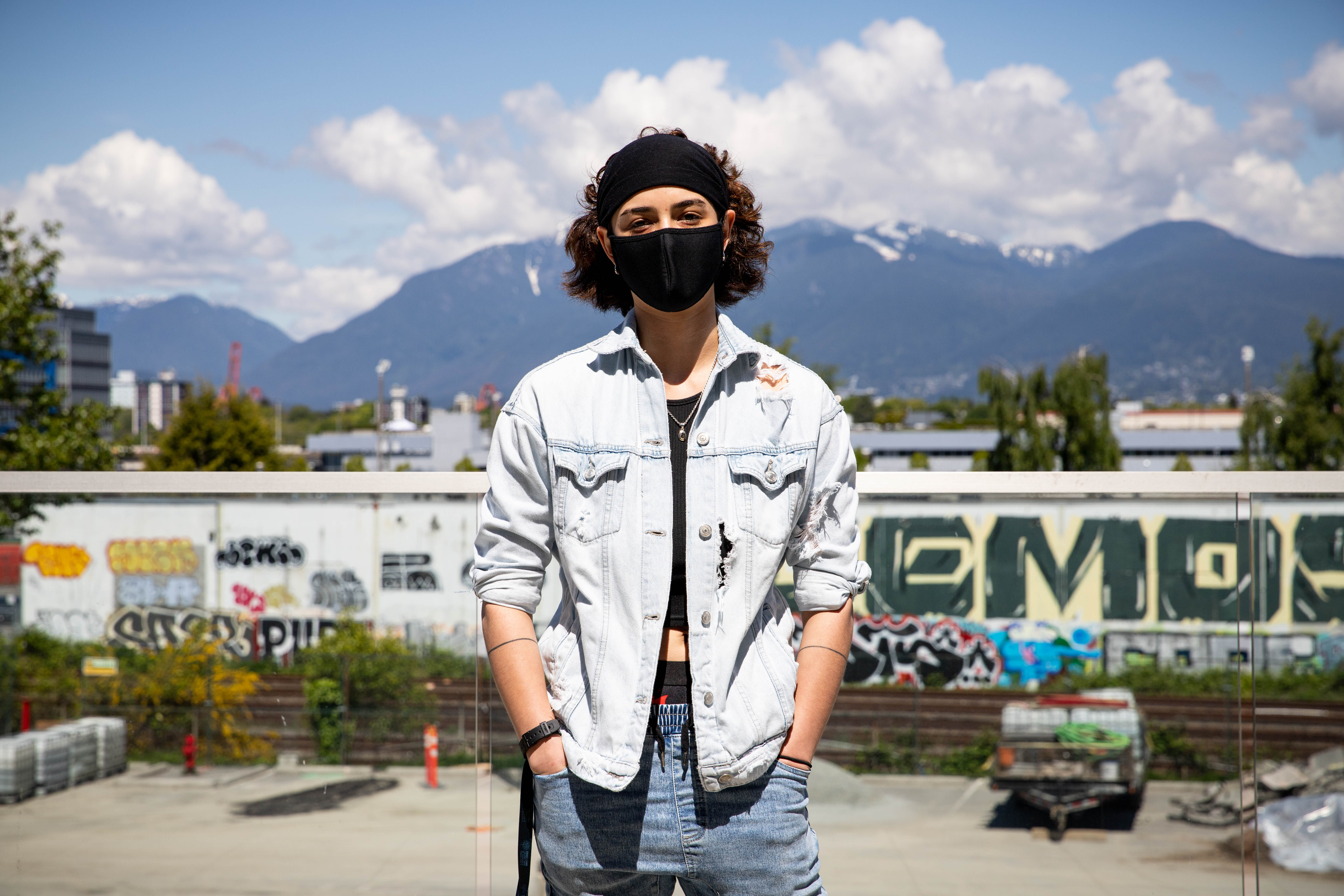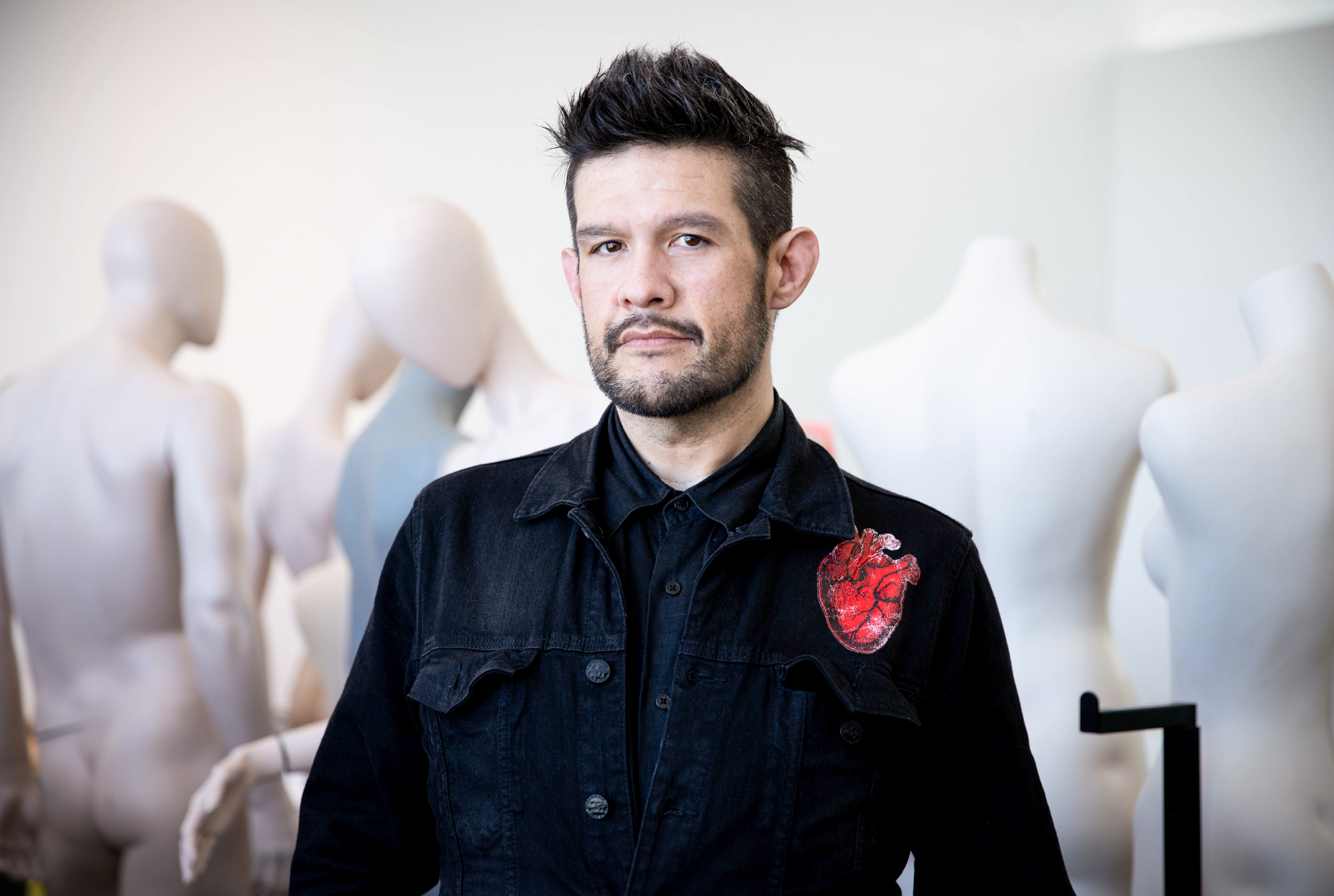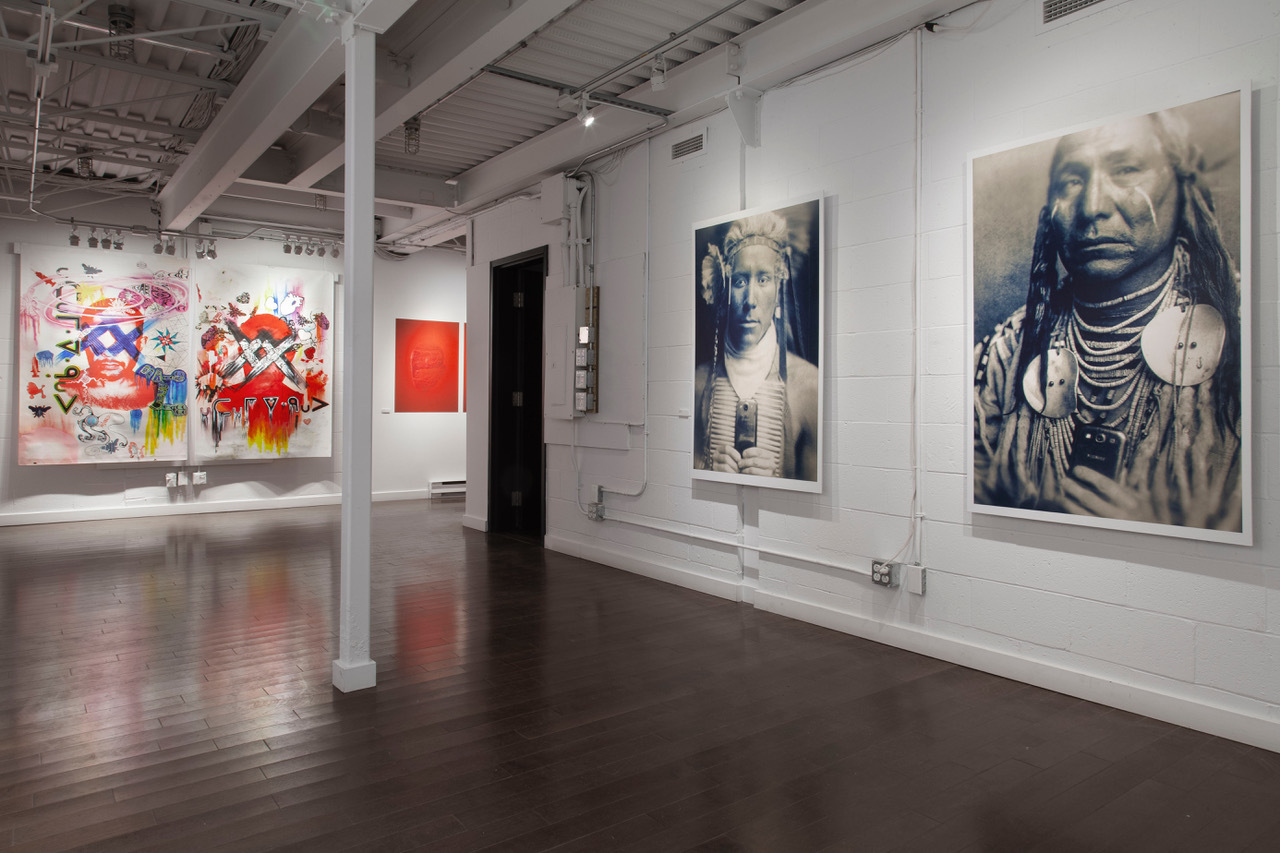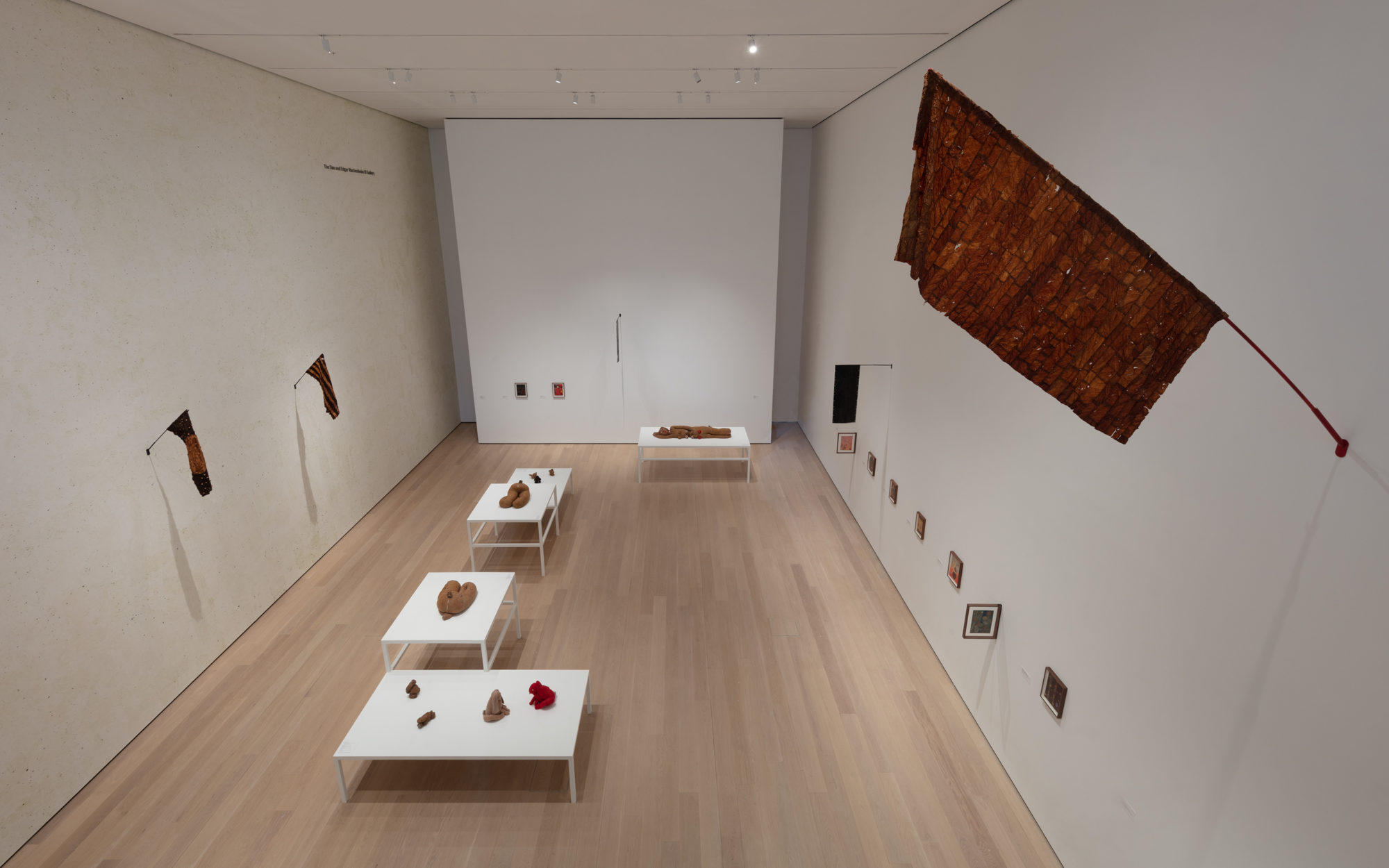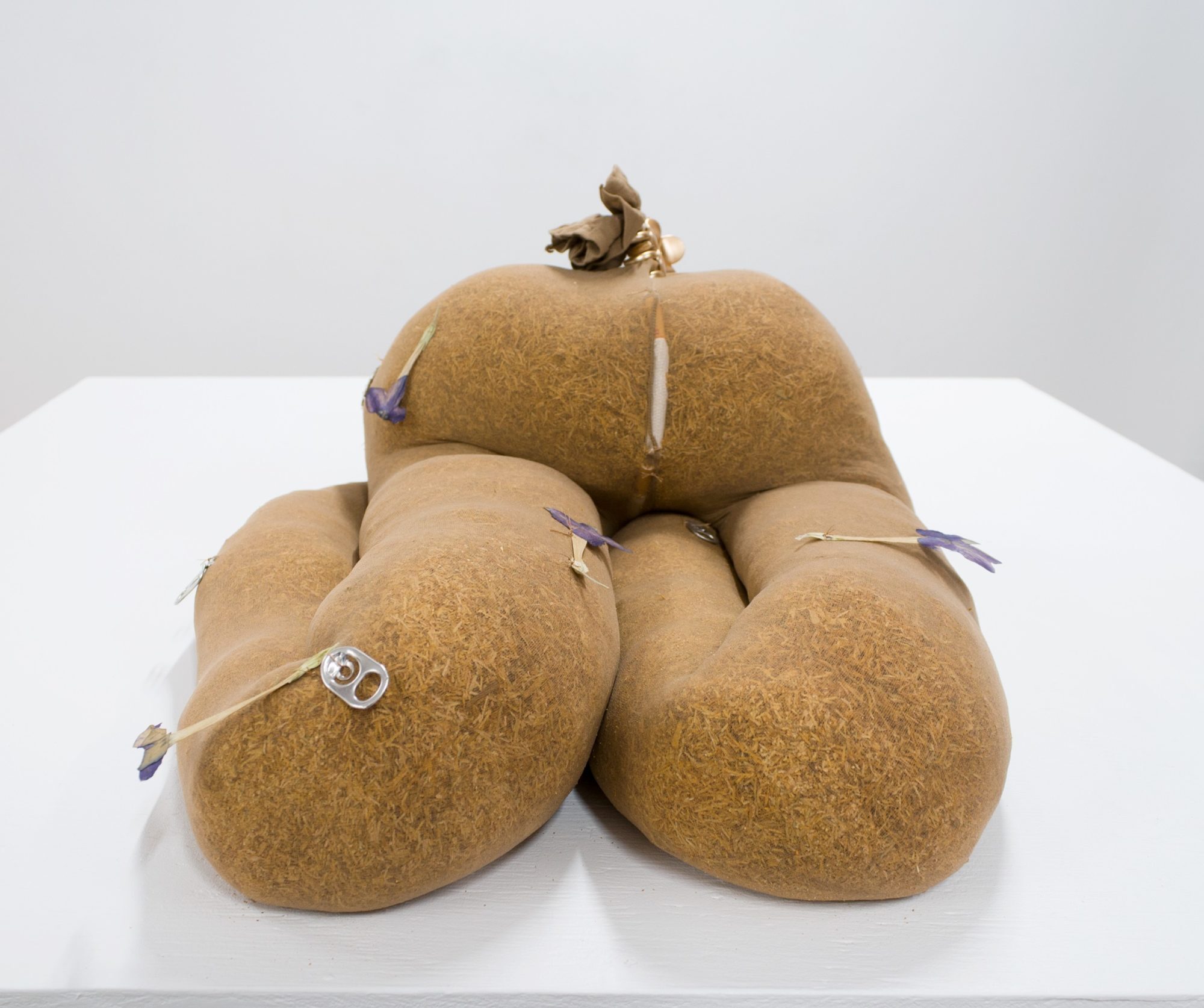Participating in protests against logging old-growth trees on Vancouver Island is about more than protecting forests, Naas tells me. For Naas (a camp alias being used by request), standing with protesters at Fairy Creek is about defending a vision of a sustainable, equitable future, where social and political norms prioritize people and place, instead of profit.
“Ultimately the way to achieve that future is recognizing and respecting Indigenous law and land sovereignty,” Naas says, “The First Nations are the original caretakers of this land and if there is to be hope of recovery, we must allow Indigenous land stewardship to resume.”
Naas, a Two Spirit artist and ECU student currently between his first and second year, is from the Hesquiaht First Nation. As of May, he has been serving as a camp cook on the frontlines of a fight to preserve one of the last stands of ancient trees in British Columbia.
For nearly nine months, protesters at what is broadly known as the Fairy Creek Blockade have been blocking logging company Teal-Jones from accessing a number of stands of old-growth forest in a remote region of southwestern Vancouver Island. Occupying strategic locations in camps along logging roads and on bridges near Port Renfrew, the groups have prevented fallers from accessing the Caycuse watershed to harvest the trees, many of which are hundreds or even thousands of years old — trees that protesters say represent less than three percent of remaining old growth in the province.
And by some accounts, the pressure may be working. On June 9, the BC government announced it is deferring the harvesting of old-growth trees in Fairy Creek and the Central Walbran Valley for two years. The move came following a request from the Huu-ay-aht, Ditidaht and Pacheedaht First Nations to defer old-growth logging while they prepare stewardship plans. But the deferral represents only a start to the work Naas hopes the blockade might accomplish.
“These protests really represent a huge push for recognizing toxic systems, and recognizing we need change, even if it seems impossible at this point in time,” he says. “Because if we don’t change — if we don’t confront extractive resource practices and this idea of working-to-live — there’s not going to be anything left.”
Full article by Perrin Grauer: https://www.ecuad.ca/news/2021/ecu-student-on-frontlines-of-fairy-creek-protests-says-blockades-are-a-battleground-for-a-sustainable-future

